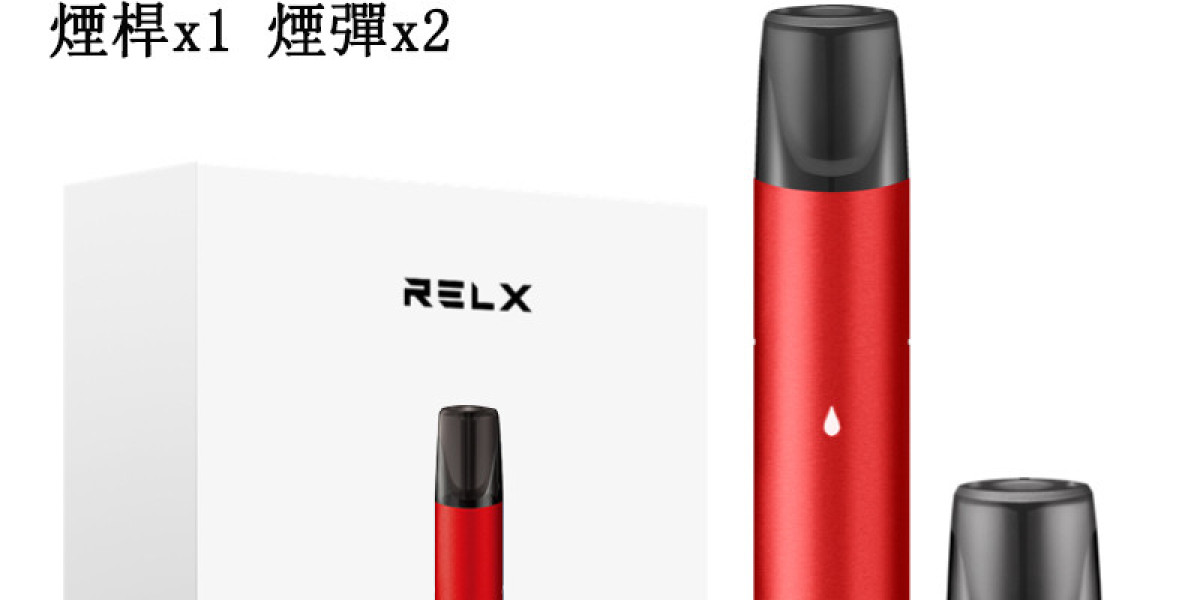Bacterial infections are caused by harmful bacteria invading the body, leading to a range of symptoms that can vary depending on the type and location of the infection. Recognizing these symptoms early is crucial for timely treatment, often involving antibiotics like cephalexin capsules, which are commonly prescribed to combat bacterial infections. This article provides a comprehensive guide to identifying the symptoms of bacterial infections, understanding their causes, and knowing when to seek medical attention.
Understanding Bacterial Infections
Bacteria are single-celled microorganisms, some of which are beneficial, while others can cause illness. Pathogenic bacteria, such as Streptococcus, Staphylococcus, or Escherichia coli (E. coli), can invade tissues, multiply, and disrupt normal bodily functions. Bacterial infections can affect various parts of the body, including the skin, respiratory system, urinary tract, and digestive system. Unlike viral infections, bacterial infections often respond well to antibiotics like cephalexin capsules, which work by targeting and killing the bacteria or inhibiting their growth.
Common Symptoms of Bacterial Infections
The symptoms of bacterial infections depend on the affected area, the type of bacteria, and the individual’s overall health. Below are some general and location-specific symptoms to watch for:
General Symptoms
Bacterial infections often cause systemic symptoms that affect the whole body. These include:
Fever and Chills: A fever is a common sign that the body is fighting an infection. Chills or sweating may accompany a high temperature.
Fatigue: Feeling unusually tired or weak can indicate the body is expending energy to combat the infection.
Body Aches: Muscle or joint pain is often reported, especially in severe infections.
Swollen Lymph Nodes: Lymph nodes, particularly in the neck, armpits, or groin, may become tender or enlarged as the immune system responds.
Skin Infections
Bacterial skin infections, such as cellulitis or impetigo, are often caused by Staphylococcus or Streptococcus bacteria. Symptoms include:
Redness and Swelling: The affected area may appear red, inflamed, or warm to the touch.
Pain or Tenderness: The skin may be painful, especially when touched.
Pus or Drainage: Abscesses or sores may produce pus, indicating a localized infection.
Blisters or Crusting: Impetigo, for example, may cause honey-colored crusts or fluid-filled blisters.
cephalexin capsules are frequently prescribed for skin infections due to their effectiveness against common skin bacteria.
Respiratory Infections
Bacterial infections of the respiratory tract, such as bacterial pneumonia or strep throat, present distinct symptoms:
Cough: A persistent cough, sometimes producing phlegm or mucus, is common in pneumonia or bronchitis.
Sore Throat: Strep throat, caused by Streptococcus pyogenes, leads to a painful, scratchy throat, often with white patches on the tonsils.
Difficulty Breathing: Pneumonia may cause shortness of breath or chest pain, especially during deep breaths.
Nasal Congestion: Sinus infections caused by bacteria may result in thick, discolored nasal discharge and facial pain.
Cephalexin capsules may be prescribed for strep throat or other bacterial respiratory infections, depending on the specific bacteria involved.
Urinary Tract Infections (UTIs)
UTIs, often caused by E. coli, affect the bladder, urethra, or kidneys. Symptoms include:
Burning Sensation During Urination: A hallmark of UTIs, this discomfort can be intense.
Frequent Urination: The urge to urinate frequently, even with little output, is common.
Cloudy or Bloody Urine: Urine may appear cloudy, dark, or contain blood.
Pelvic Pain: Pain in the lower abdomen or back may indicate a bladder or kidney infection.
Cephalexin capsules are a common treatment for UTIs, particularly when caused by susceptible bacteria.
Gastrointestinal Infections
Bacterial infections of the digestive system, such as those caused by Salmonella or Clostridium difficile, can lead to:
Diarrhea: Frequent, watery stools, sometimes with blood or mucus, are a key symptom.
Abdominal Pain or Cramping: Pain may be localized or widespread.
Nausea and Vomiting: These symptoms often accompany foodborne bacterial infections.
Fever: A mild to high fever may develop, depending on the severity.
While cephalexin capsules are not typically used for gastrointestinal infections, they may be prescribed in specific cases under medical guidance.
When to Seek Medical Attention
Recognizing the symptoms of a bacterial infection is only the first step. Prompt medical attention is essential if you experience:
High fever (above 102°F or 39°C) that persists for more than a day.
Severe pain or swelling that worsens over time.
Symptoms that do not improve within 48 hours or worsen despite home care.
Signs of a serious infection, such as confusion, rapid heart rate, or difficulty breathing.
Recurrent infections, which may indicate an underlying health issue.
A healthcare provider may perform diagnostic tests, such as blood tests, urine cultures, or imaging, to confirm the presence of a bacterial infection. If bacteria are identified, antibiotics like cephalexin capsules may be prescribed to target the specific strain.
Risk Factors for Bacterial Infections
Certain factors increase the likelihood of developing a bacterial infection:
Weakened Immune System: Conditions like diabetes, HIV, or cancer can impair the body’s ability to fight infections.
Poor Hygiene: Inadequate handwashing or improper wound care can allow bacteria to enter the body.
Crowded Environments: Schools, daycare centers, or nursing homes can facilitate the spread of bacteria.
Medical Procedures: Surgeries or invasive devices like catheters can introduce bacteria.
Antibiotic Misuse: Overuse or incomplete courses of antibiotics can lead to resistant bacteria, making infections harder to treat.
Prevention Tips
Preventing bacterial infections involves proactive measures to reduce exposure and strengthen the body’s defenses:
Practice Good Hygiene: Wash hands regularly with soap and water, especially before eating or after using the restroom.
Keep Wounds Clean: Clean and cover cuts or scrapes to prevent bacterial entry.
Stay Vaccinated: Vaccines for diseases like pneumococcal pneumonia can reduce the risk of certain bacterial infections.
Safe Food Handling: Cook food thoroughly and avoid cross-contamination to prevent foodborne infections.
Complete Antibiotic Courses: If prescribed cephalexin capsules or other antibiotics, take the full course as directed to prevent recurrence or resistance.
Treatment with Cephalexin Capsules
Cephalexin capsules are a first-generation cephalosporin antibiotic used to treat a variety of bacterial infections, including those of the skin, respiratory tract, and urinary system. They work by disrupting the bacterial cell wall, leading to the death of the bacteria. Cephalexin is effective against many gram-positive bacteria, such as Staphylococcus aureus and Streptococcus pneumoniae, and some gram-negative bacteria.
When prescribed cephalexin capsules, follow these guidelines:
Take the medication exactly as prescribed, typically every 6 to 12 hours.
Do not skip doses or stop early, even if symptoms improve, to prevent antibiotic resistance.
Report side effects, such as rash, diarrhea, or allergic reactions, to your healthcare provider.
Avoid alcohol, as it may increase the risk of side effects.
Conclusion
Recognizing the symptoms of bacterial infections is critical for early intervention and effective treatment. From fever and fatigue to localized symptoms like redness or pain, being aware of these signs can help you seek timely medical care. Cephalexin capsules are a valuable tool in treating many bacterial infections, but their use should always be guided by a healthcare professional. By practicing good hygiene, staying vigilant for symptoms, and following medical advice, you can reduce the impact of bacterial infections and maintain better health.














